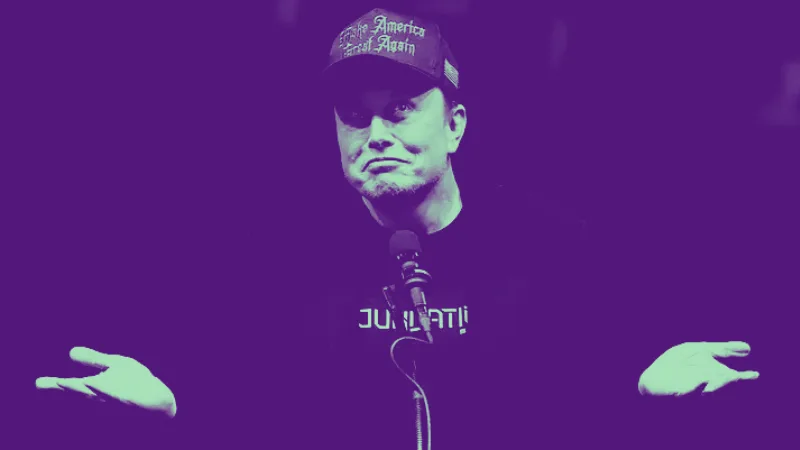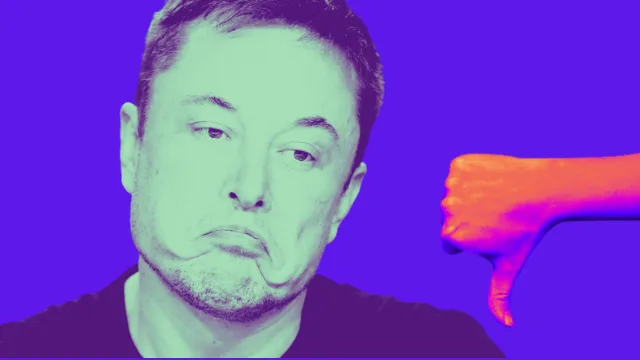Elon Musk, the CEO of Tesla and owner of X (formerly Twitter), recently made waves by suggesting during a New York City rally for Donald Trump that the U.S. government could eliminate “at least $2 trillion” in spending by targeting wasteful practices. With Musk now appointed as co-leader of the newly established Department of Government Efficiency under President Trump, the tech billionaire has a real opportunity to attempt these ambitious cuts.
Understanding the Numbers
In the fiscal year 2024 (October 2023–September 2024), the U.S. federal government spent approximately $6.75 trillion, according to data from the U.S. Treasury. Musk’s proposed $2 trillion reduction represents about 30% of total federal spending, a monumental challenge in a system where much of the budget is already earmarked for mandatory expenditures.
Breaking down the numbers reveals why this goal is so complex:
- Interest on the national debt: $880 billion (13% of spending). This expense is unavoidable without risking a government default.
- Social Security: $1.46 trillion (22%). These payments, primarily for retirees, are mandated by law.
- Medicare: Another substantial, legally required expenditure, largely benefiting Americans aged 65 and older.
These mandatory expenses leave discretionary spending as the primary area for potential cuts.
Discretionary Spending: The Likely Target
Discretionary spending, which includes expenses not mandated by law and subject to annual Congressional approval, accounted for about 25% of total federal spending in 2023. Major categories include:
- Defense: $874 billion (13% of total spending).
- Education, training, and social services: $305 billion (5%).
- Transportation: $137 billion (2%).
More than half of discretionary spending is allocated to defense, making it a significant focus of any budget-cutting effort. However, analysts estimate that achieving Musk’s $2 trillion savings solely through discretionary cuts would require eliminating entire federal agencies, as total discretionary spending in 2023 was just $1.7 trillion.
Musk and Ramaswamy’s Approach
Musk will share leadership of the Department of Government Efficiency with Vivek Ramaswamy. Together, they plan to target inefficiencies, eliminate excessive regulations, and restructure federal agencies. Musk has touted his experience reducing X’s workforce from 8,000 to 1,500 employees as evidence of his ability to streamline operations.
While the exact timeline for achieving the $2 trillion savings remains unclear, the scale of these cuts raises significant concerns. Many experts in public finance warn that such reductions could severely disrupt government functions or face widespread public opposition.
Political and Practical Hurdles
Even smaller reductions in government spending have proven politically challenging. After gaining control of the House of Representatives in 2022, Republican lawmakers faced significant resistance, including from within their own party, when trying to pass a bill reducing discretionary spending by $130 billion.
President Trump’s policy positions further complicate the path to cuts. For instance:
- He has proposed eliminating income taxes on Social Security, making the program more generous.
- His pledge to develop an “iron dome missile defense shield” suggests increased defense spending, not reductions.
How Does U.S. Spending Compare Internationally?
Federal spending as a percentage of GDP in the U.S. stood at 23% in 2024, which is lower than in many developed countries. For example:
- The U.K.: 43%
- Germany: 48%
- France: 57%
However, much of the U.S. government’s spending on services like education occurs at the state level and is funded through local taxes. When state and federal expenditures are combined, total U.S. “general government expenditure” is projected to reach 37.5% of GDP in 2024, according to the International Monetary Fund.
The Deficit and Debt Challenge
The U.S. is running an annual deficit equal to about 6% of its GDP, with national debt held by the public at 97% of GDP. Projections from the Committee for a Responsible Federal Budget (CRFB) suggest that absent major spending reductions, Trump’s proposed tax cuts could push debt levels to 143% of GDP by 2035.
Conclusion
While Elon Musk’s goal of cutting $2 trillion from federal spending is bold, achieving it will require overcoming significant political and logistical hurdles. Critics argue that such sweeping reductions could risk essential government functions or incite public backlash. Regardless, Musk’s leadership of the Department of Government Efficiency signals a push for unprecedented fiscal changes in Washington. Only time will tell if this ambitious vision is feasible—or even desirable—for the American public.
Useful Resources:
- U.S. Treasury Fiscal Data
- For detailed breakdowns of government spending and revenue.
- Congressional Budget Office (CBO)
- Analysis of discretionary and mandatory spending trends.
- Committee for a Responsible Federal Budget
- Insightful projections on U.S. debt and fiscal policies.





